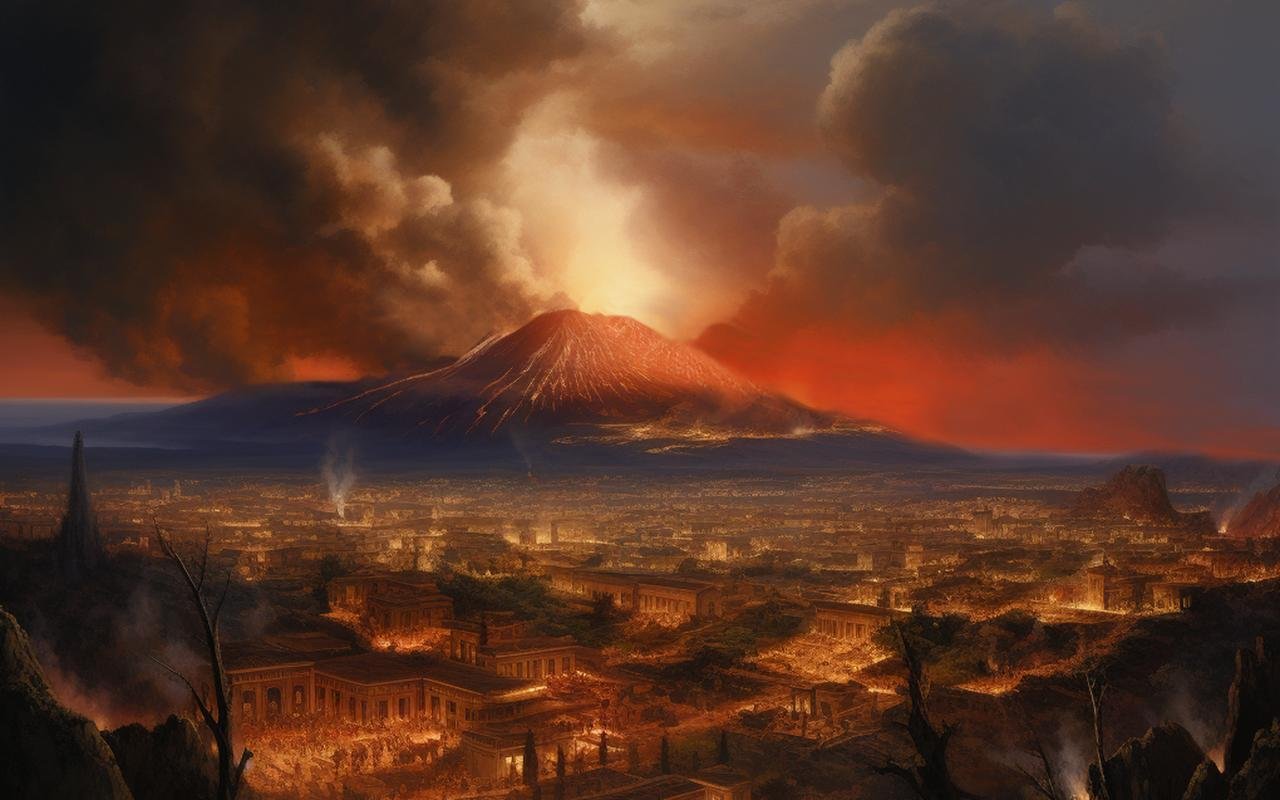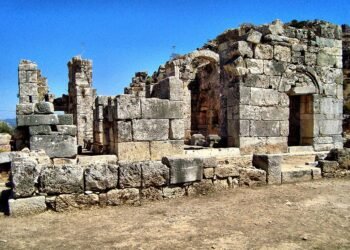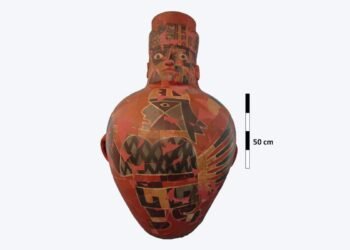Archaeologists discovered a Roman water system with a decorated reservoir and lead pipes during excavations at Stabiae, near Pompeii in the Province of Naples, Italy. This system was used to control the flow of water and distribute it to various rooms of the house and fountains.

They restoring the Villa Adriana in the ancient Roman city of Stabiae have discovered an exceptionally well-preserved part of the villa’s water system.
It consists of a big lead tank with conduits leading in and out that are used to regulate the flow of water through the villa’s rooms. There are even stop keys still in place. It’s amazing how modern it looks.
According to Pompeiisites, the Villa Arianna complex was constructed during the 2nd century BCE and occupies approximately 2,500 square meters and contains a large complex divided into four parts. Between 1757 and 1762, the Swiss engineer Karl Weber excavated the villa for the first time.

Stabiae, like its neighbors Pompeii and Herculaneum, was buried after the eruption of Vesuvius in 79 CE, which released a deadly cloud of super-heated tephra and gases to a height of 33 km (21 mi), molten rock, pumice, and hot ash at a rate of 1.5 million tons per second. The following pyroclastic surges and heavy ashfall enveloped Pompeii and Herculaneum, burying large parts of Stabiae in thick tephra and ash.
Pliny the Elder, a Roman chronicler, noted that several miles of magnificent luxury coastal villas lined the headland at Stabiae, and elite Roman leaders such as the emperors Augustus and Tiberius, Julius Caesar, and the statesman-philosopher Cicero all owned properties at Stabiae.
The researchers were excavating a small colonnaded garden (peristyle) at Villa Arianna when they discovered the water reservoir and a decorated lead tank that were part of a water distribution system within the villa complex.
Two pipes are connected to the impluvium (central water collection tank) in the atrium, which fed water throughout the wider villa complex by regulating the flow of water into the various rooms.
Archaeologists believe that the tank was likely visible in ancient times to provide access to the two stop keys, which allowed the inhabitants to regulate the flow or shut off water distribution in order to carry out system maintenance operations.
Considering the upper-class nature of Stabiae, it is perhaps not surprising that archaeologists uncovered a luxury water distribution system. What the researchers didn’t expect was to find the device unmoved since that fateful day in 79 CE.
It is notable for its perfect condition and distinctive decoration, as well as the fact that it is still in place, providing archaeologists with new information about the villa’s plumbing and heating systems.






















